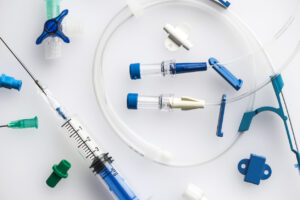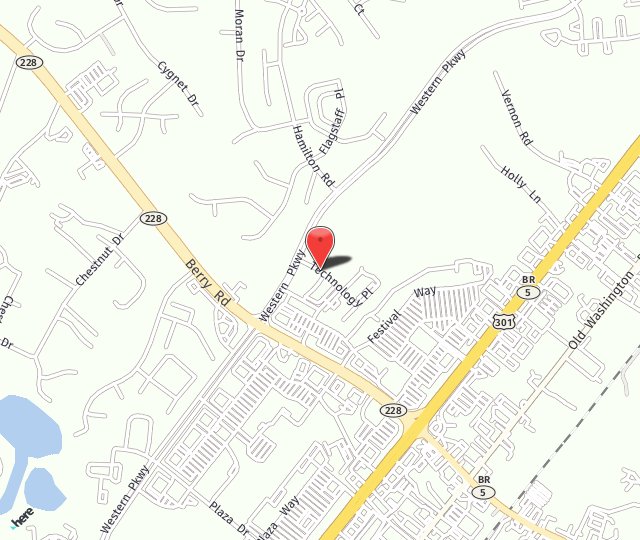Once your nephrologist has determined that you will need to begin dialysis you may be referred to our practice where we will then assist you throughout this journey. You will meet our surgeon who will discuss peritoneal dialysis or hemodialysis, the surgical options and the overall plan for you.

We consider it our duty to you and your loved ones through the initiation of dialysis, maintenance of your access, interventions or any issues that arise with your access. Ultimately, we hope our patients are candidates for, and undergo, successful kidney transplantation.
Our surgical services at the hospital include:
Arteriovenous Fistula Creation
An AV fistula is created when an artery is surgically connected to a vein. An example is a Radial-Cephalic AV Fistula.
The point at which the vessels are connected is called the anastomosis. While a surgeon may create “designer” fistulas, the most common vessels for fisitula creation are the Cephalic or Basilic vein and either the Radial or Brachial artery.
Arteriovenous Graft Placement
An AV Graft is placed using synthetic tubing, most commonly Gortex, to surgically create a connection between an artery and a vein.
The location of the graft is determined by the surgeon and depends on the patient’s vascular system. Grafts are most frequently connected between a vein and an artery in a patients arm. Thigh grafts are also possible.
Surgical Revision of the AV Fistula/Graft
We offer options for surgical revision of the AV Fistula/Graft when warranted with the intent of salvaging the existing access.
Peritoneal Dialysis Catheter Placement/Repositioning
Peritoneal dialysis- dialysis treatment using the lining of your abdomen, as a filter, and a solution, dialysate to clean waste products from your body.
Through laparoscopic abdominal surgery, a soft tube, called a catheter, is inserted into your abdomen. This tube is used to fill your abdomen with dialysate, then when the time comes to empty the dialysate and waste products from your abdomen.
What is dialysis access surgery?
When your kidneys fail, there are only two options: receiving a kidney transplant or having dialysis. The wait for a kidney transplant can often take years, so in the meantime patients need kidney dialysis to clean and filter their blood. But to set up dialysis treatments, the first step is to establish dialysis access. This needs to be done through surgery with one of four methods/options:
- A tunneled catheter in your neck — This approach is usually temporary due to a higher risk of infection.
- An arteriovenous (AV) fistula — This involves taking a piece of vein from your arm or leg and sewing it into a nearby artery. This transplanted vein is allowed to enlarge and become thicker, like an artery. This is considered to be the best dialysis access surgery because it has the lowest risk of infection.
- An AV graft — A prosthetic graft is sewn between an artery and vein in your arm or leg. This is the best option if the patient’s veins are too small for an AV fistula. The problem with AV grafts, however, is that they tend to close more quickly, and they are more prone to infection because they are not formed from natural tissue.
- Peritoneal dialysis — This is a popular alternative because it allows the patient to perform their own dialysis treatments at home. A small tube, called a cannula, is placed in your abdomen to allow the use of the lining of the abdomen, the peritoneum, to filter your blood. It requires several exchanges every day where you introduce and remove fluid through the tube. The tube can become clogged, and infections can occur.
Are catheters safe for long-term use?

Catheters used for dialysis are tunneled catheters because they are placed under the skin. There are two types of tunneled catheters: cuffed or non-cuffed. Non-cuffed tunneled catheters are used for emergencies and for short periods of up to 3 weeks. Tunneled cuffed catheters, which are recommended by the National Kidney Foundation for temporary access, can be used for longer than 3 weeks under these conditions:
- An AV fistula or graft has been placed but is not yet ready for use.
- There are no other options for permanent access. For example, when a patient’s blood vessels are not strong enough for a fistula or graft.
The dangers with long-term use of a tunneled catheter are mostly due to possible infection or clotting. It’s critically important to protect the catheter from contamination.
What is an AV fistula?
An arteriovenous (AV) fistula is a surgically created connection between an artery and a vein. This is generally done 6 to 12 months prior to the patient needing dialysis so that the vein can dilate under the pressure of the blood coming from the artery. The vein must dilate to sufficient size that needles can be placed into the vein for adequate blood flow rate on dialysis (usually 500- to 600 milliliters per minute). These AV fistulas are most commonly placed in the lower forearm or the upper arm above the elbow.
Can anyone have an AV fistula?
Most people are eligible for an AV fistula, with some exceptions. If you have a blood vessel disease, a pacemaker, or other health problems, a fistula may not work for you. You also need your blood vessels to be strong enough to support an AV fistula.
Patient Testimonial
What People Say About Us!
"My experience with MVI has been a wonderful experience I have the pleasure of being the patient of Dr. Wu and Dr Gupta and their staff. They have been nothing short of a miracle. Their attentiveness and care for the patient is felt when you first meet them and I love it and the choice I made. Thank you and keep up the great work."
Click here to read more reviews.
How is an AV fistula created?
The first step in this process is to evaluate your blood vessels to ensure they are healthy enough to support a fistula. This will include a physical examination of your arms by a vascular specialist. Ultrasound or another test (possibly an angiogram) will then be used to determine the size and depth of your arteries and veins. These tests will determine whether your blood vessels are able to support an AV fistula. These tests are often referred to as “vessel mapping.”
For the actual creation, one of our Metropolitan Vascular Institute vascular surgeons will administer local anesthesia to the chosen access site. Next, your surgeon will make a small incision, providing access to the selected arteries and veins. A surgical connection is made between an artery and a vein. This connection causes blood to flow from an artery into an adjacent vein. Although the vein is smaller than the artery, this increased blood flow through the vein results in it growing larger and the walls of the vein becoming thicker. This is now the AV fistula.
After the AV fistula has been created, it will take several weeks or longer for the fistula to mature to the point where it will be able to be used for dialysis treatments.
When is dialysis access surgery necessary?
When a person has kidney disease and their kidney function continues to decline, they will soon need to run their blood through a filter (dialyzer). To make this possible, access needs to be created. This is dialysis access surgery.

An AV fistula is the best option. It is considered to be the “gold standard” because it uses the patient’s own blood vessels to create the fistula. An AV fistula can last for years — even decades. Fistulas are the access method least prone to infections and blood clots.
There are only about 10 vascular sites on the body where an AV fistula can be made. The lower arm is the most common. The other options occur in the upper arm and the leg.
Schedule a Client Consultation
If you are interested in learning more about Dialysis and treatments, please call (301) 374-8540 to schedule a consultation!

